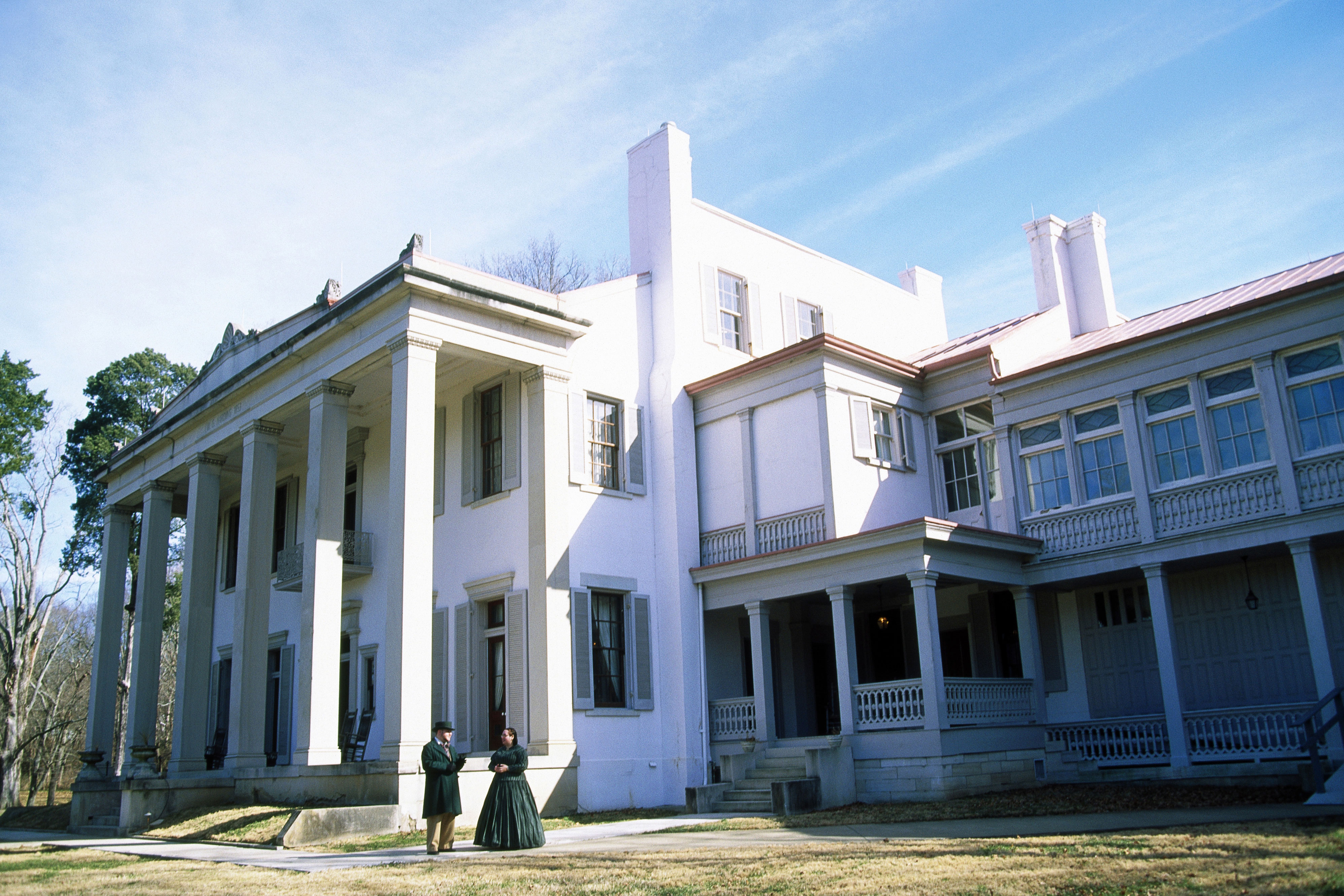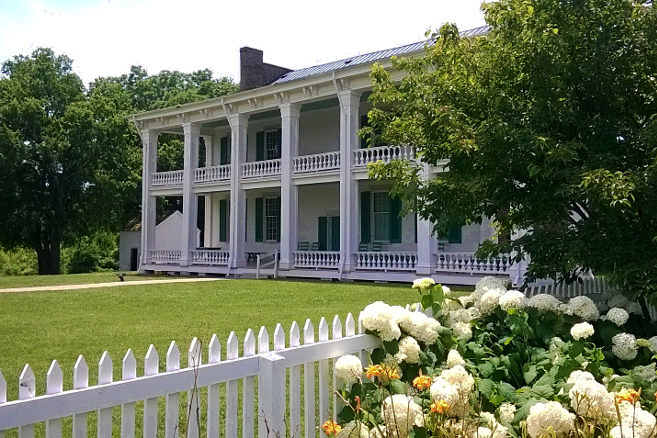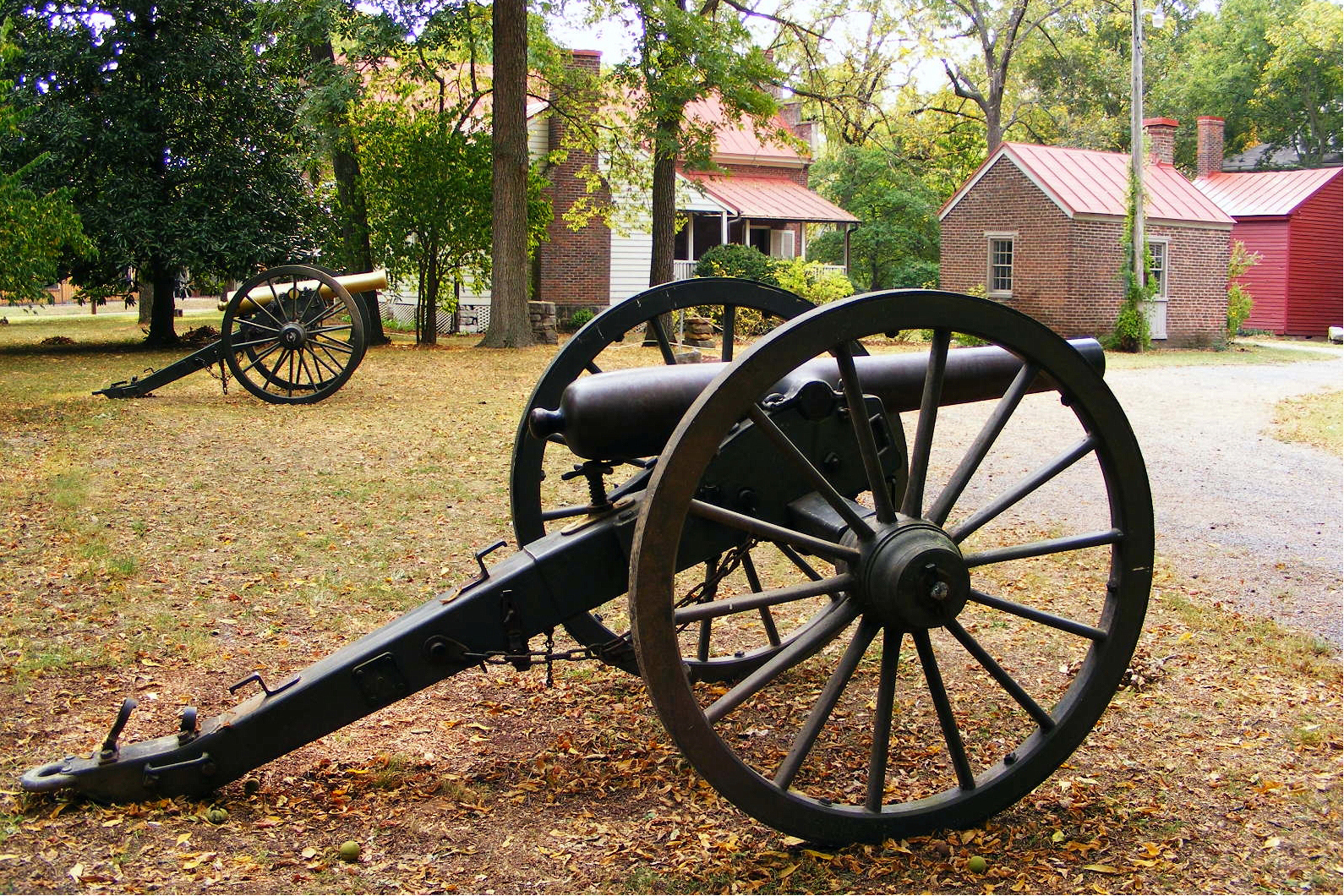But Music City’s sounds haven’t always been so melodious: the dark side of Middle Tennessee history involves slave plantations and bloody Civil War battles, and, with the commemoration of the 150th anniversary of the end of the US Civil War in 2015, we think it’s worth exploring.

By the 1850s Middle Tennessee and Nashville were booming. Agricultural prosperity had created a wealthy elite, and a city that was already a state capital had become an economic and cultural center, proudly calling itself the Athens of the South (in keeping with this claim, an ancient-Greek-style capitol building was completed in 1859, and in 1897 a replica of the Athenian Parthenon was constructed). Situated conveniently on the Cumberland River, Nashville had become an important trading hub and regional powerhouse.
For a look at what prewar Nashville was like, head just southwest of downtown to Belle Meade Plantation. One of the biggest and most beautiful plantations in the area, Belle Meade dates back to 1807, when John Harding bought some land and slaves here. Harding’s diverse mix of business activities, which included thoroughbred horse breeding, made the family incredibly rich, and a small cabin, the original Harding home, was soon abandoned in favor of ever larger and grander mansions. The building still standing today was the last and most extravagant. Constructed in 1853, the elegant interior and all-mod-cons trappings of this mansion contrast sharply with the spartan slave quarters just out of view behind the trees.

When the Civil War began in 1861, Tennesseans were divided. An initial referendum in February narrowly voted in favor of union with the North, but after the attack on Fort Sumter in April, opinion shifted, leading in June to a second referendum in which voters overwhelmingly supported secession. The state's strategic importance as a center for railroads and river navigation meant it quickly became the main theater of conflict in the west (Virginia was the equivalent in the east) and the location for two key battles that would go a long way to determining the war’s final outcome. Nashville was occupied by Union troops in February 1862, and it quickly became a target for the Confederates.
Twenty miles south of Nashville lies the small town of Franklin. Visiting today it’s hard to imagine that this place, with its bustling Main Street, antique stores and Southern-fare restaurants, was the setting for one of the bloodiest battles in the entire Civil War. In November 1864 Confederate forces, heading north in the hope of retaking Nashville, were blocked by Union troops who had dug in south of town, and as the sun went down on the 30th fighting began. Five hours later and the Confederates were roundly defeated. Thousands lay dead, including six Southern generals, and thousands more were injured. Three houses that were in the thick of the action can all be visited today: a combined ticket for all three is available at any of the properties.

Carnton Plantation (www.carnton.org), on the outskirts of Franklin, is a grand house, owned by the McGavocks at the time of the war. Commandeered by the Confederates, it became a field hospital during the battle. Blood-stained floors and gruesome surgical tools are just two of the things to look out for on the guided tour of the house, and while in the grounds outside take time to visit the cemetery where some of the dead were buried after the battle. A fictionalized version of the story of Mrs McGavock and the cemetery, The Widow of the South, became a best-selling book when it was published in 2005.
A few miles closer to downtown Franklin, the Carter House (www.carnton.org/carter-house.htm) and Lotz House (www.lotzhouse.com) stand opposite each other and were at the center of the most violent fighting of the battle. As the first shots were fired in the late afternoon of the 30th, Fountain Branch Carter and his family hid in their basement. When they emerged hours later their yard was covered in the dead and dying, including one of their own sons, Tod, a Confederate captain who died two days later. Across Columbia Avenue, the Lotz house was home to German immigrant Johann Lotz, a carpenter and musical instrument maker, and his family. On the day of the battle the Lotzs took shelter with the Carters in the latter’s basement, emerging to find a badly damaged home (the impact of a cannonball can still be seen) and a scene of general devastation. Though Lotz worked quickly to rebuild his home and main business premises, his house continued to be used as a hospital for both sides until the following summer.

Meanwhile, Union troops dug in to defend their prize possession – Nashville. Defenses were built all around the city, with the most impressive being Fort Negley (www.nashville.gov). Conscripted laborers, mostly runaway slaves and free black men, spent five months building what was the biggest stone fortification in North America at the time – at least 600 of them died during construction.
Today, after a major restoration project, the fort is open to the public, with a visitor center providing useful background information, and a walk around what’s left of the buildings gives a sense of the fort’s scale along with impressive views across Nashville.
Despite Franklin being one of its biggest defeats, the Confederate army decided to pursue its aim of capturing Nashville. Union troops fell back to the city and prepared for a Confederate attack, though both sides were hindered by bad weather, and the Confederate assault didn’t begin until December 15. The Battle of Nashville lasted two days, with Fort Negley providing much of the artillery fire that held the Confederate attack at bay. When the battle finally ended, Southern troop numbers were around half what they had been before Franklin. The Confederates retreated, a spent force in the west, and within a few months the whole of the South had surrendered.
For an excellent overview of Nashville’s and Tennessee’s role before, during and after the Civil War head to the free Tennessee State Museum where displays cover all aspects of the conflict from a local perspective.